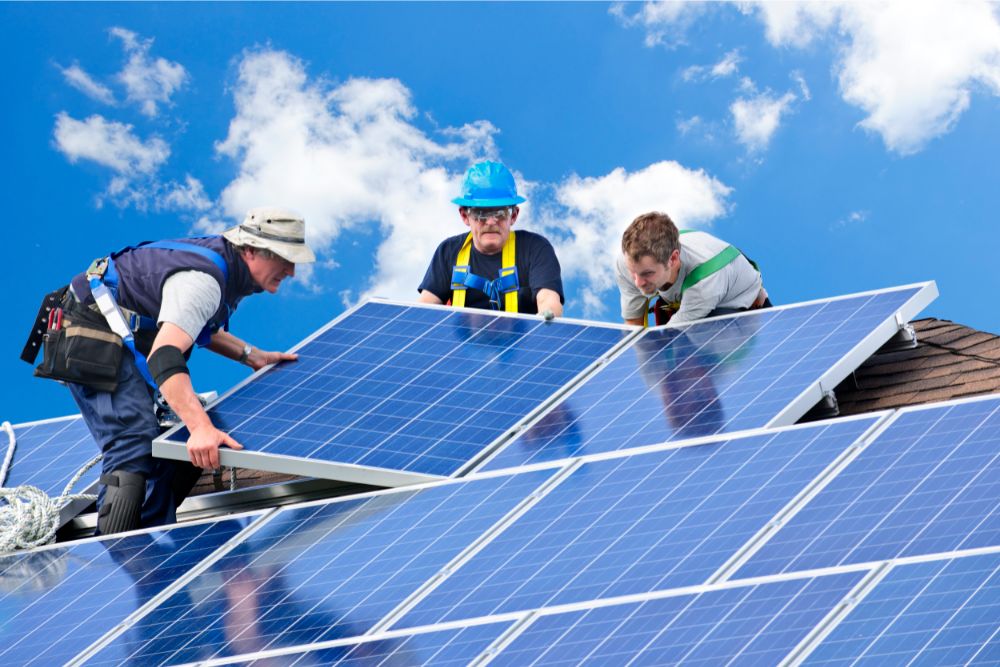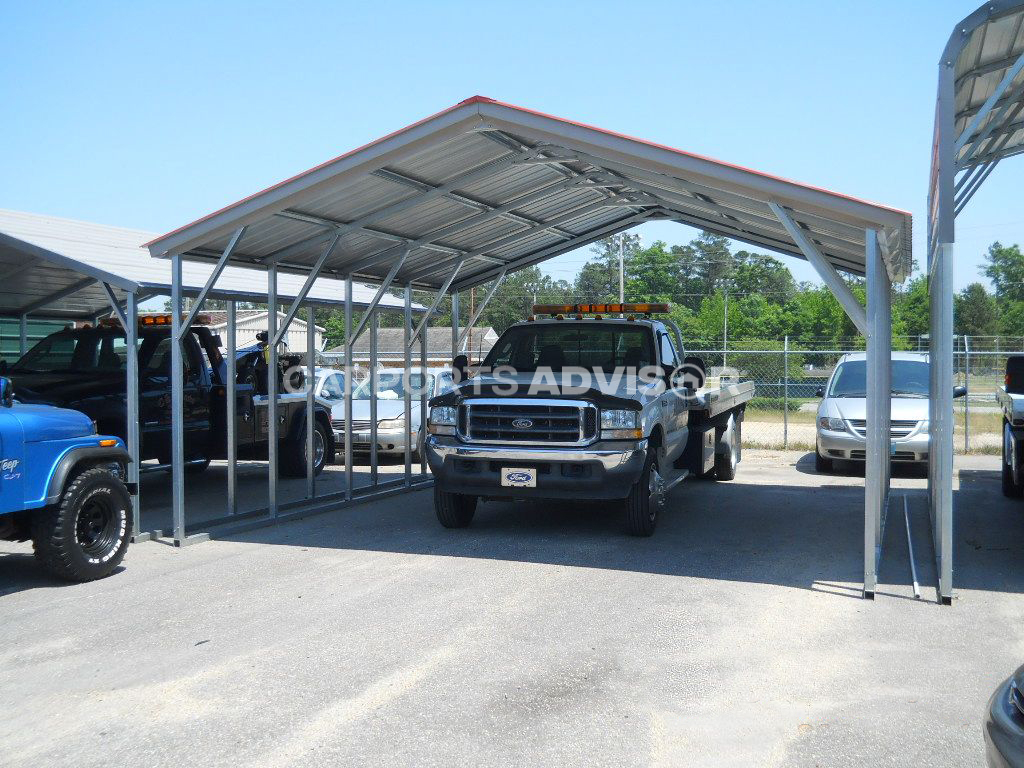Renewable power has become a more accessible and popular consumer choice in the past decade. Owing to solar panel benefits, many homeowners are shifting to solar technology. Solar PV systems are one of the most effective ways to reduce individual carbon footprint most cost-effectively. At this point, many new solar consumers think about how much power bills will get reduced in real time after shifting to solar power.
The short and sweet answer is it depends upon numerous factors like consumers’ location, power consumption, and solar PV system size. So, without any delay, let’s learn how to calculate expected savings on solar investments.
What’s on Your Grid Power Bill?
It is important to contemplate your monthly power bill. For instance, in the United States, users get charged for four services – power cost, taxes, delivery charges, and miscellaneous fees. The electricity expenses are the charges for the power used by consumers monthly and are self-explanatory. The delivery cost includes wires, poles, and other equipment that assist power delivery to the home. Taxes are government service charges that vary from federal, state, or local taxes. Miscellaneous fees are charges for meter reading services or environmental programs.
Now comes the best part – solar power bills are much lower than conventional power bills because solar users won’t pay a big chunk of taxes, delivery fees, and miscellaneous fees. Also, solar consumers can capitalize on net metering and get the solar tax benefits.
6 Factors Influence the Solar Savings
Besides the many factors, these 6 factors can impact most solar power savings:
- Solar Consumers Location
- Solar System size
- Power Consumption
- Electricity Charges
- Government Incentives
- Solar Panel Quality
Solar Consumers Location
Location is one of the important factors as it decides the hours of sunlight falls on solar panels. Regions that receive more than 6 hours of sunlight daily will produce more solar power than the places with less time of sunlight. Also, the local temperature can affect the output of solar panels, thus influencing potential power savings. It is also significant to understand that a rise in temperatures decreases the photovoltaic cells’ efficiency. Thus, actual solar savings are directly proportional to sunlight hours and regional temperatures.
Solar System size
A single solar panel will not be sufficient to save on power bills. It is crucial to get an optimal size of the solar PV system as an oversized system will be heavy on budget, and an undersized solar PV system will not offer more savings.
Electricity Charges
When it comes to power fares, it is also a fact that consumers in the region with high electricity rates can get more savings through using solar than those with lesser power rates. Such as, in states like Hawai’i, where electricity costs surpass 33 cents per kWh, the possibility for savings is substantial. Each solar panel installed in Hawai’i is projected to offer more than three times the savings compared to states like Louisiana and Oklahoma, where the average electricity rate hovers around 11 cents per kWh.
Government Incentives
Since solar technology offers environmental benefits, many countries offer solar rebates and incentives to promote the use of solar panels. To leverage the opportunity, many homeowners prefer solar PV system installation to save more. And the good thing is that solar rebates reduce the hefty initial cost of solar PV system installation, along with reduced power bills.
Solar Panel Quality
Solar panel quality is the most critical aspect as if the user gets a low-quality panel, it will start to wear and tear in less time. However, high-end brands are best as they offer excellent customer service plus they offer extended warranty periods. Solar users can consult professional solar panel installers to get insights about high-end solar brands with technical and professional assistance.
How to Calculate Solar Savings
With multiple factors at play, it can be difficult for many users to estimate solar savings for their homes. To avoid any hassle, follow these steps.
Calculate average monthly power consumption in kWh (kilowatt-hours) through recent power bill costs. Every solar user has different rates as per their region and country. This step will assist users in evaluating their baseline savings. At this stage, solar users should research the initial outlay of different solar panels, as solar panels come with distinct efficiency rates. Now, evaluate tentatively monthly savings by subtracting solar power from monthly grid power costs. It will give solar users a rough estimation of their solar savings.
Wrap Up
Solar power is undoubtedly the best way to get clean electricity with excellent savings. However, it is essential to understand the factors that influence power output. Professional solar service providers are experts who can provide up-to-date knowledge and insights about every solar brand and budget. So, consult certified solar service providers and start saving today!











